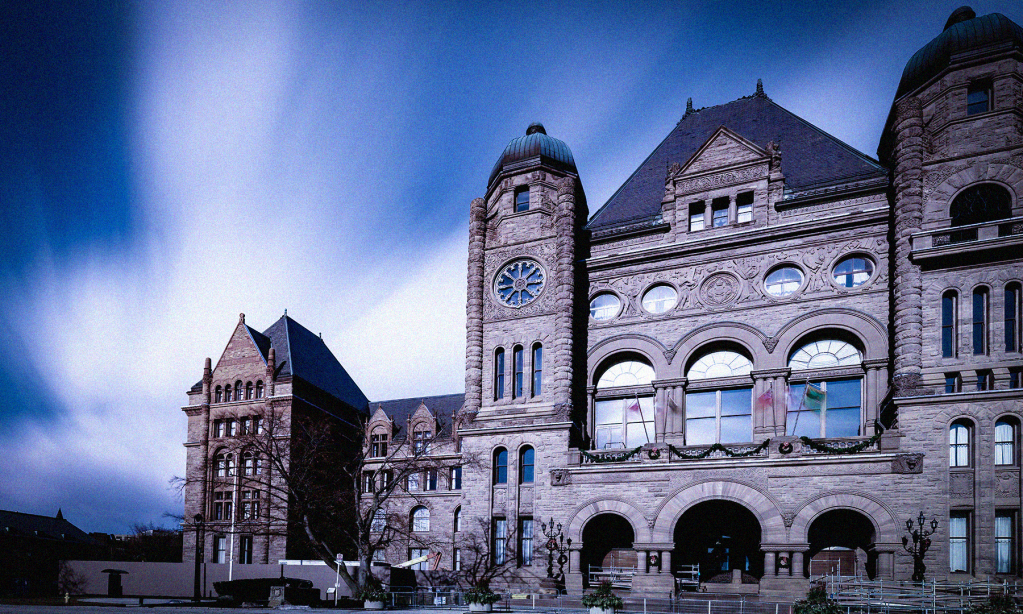A lot of Ontarians could use a government that is on their side right now.
An estimated 500,000 children in the province are growing up in poverty. People are waiting all night in emergency rooms. Children with special needs are not being supported with adequate funding.
For millions of people, the fact that the provincial budget is now balanced—more or less—brings no joy. Because the cost of balancing the budget, by underfunding public services and ignoring the impact of inflation on low-income Ontarians, is high. Yet that’s exactly what Queen’s Park is doing.
The 2023-24 budget, released Thursday, spends $190.6 billion on public programs. Last year, the government spent $189.1 billion. In other words, overall program spending is set to go up by less than one per cent.
That’s not enough to keep up with inflation. Or population growth. Or the fact that the pandemic clearly showed us that Ontarians need more and stronger public services, not fewer and weaker ones.
Take these factors into account, and what seems like a small increase in funding is really a cut on a per person, inflation-adjusted basis.
The provincial health budget last year, including COVID-19 funding, was $79.8 billion. This year it will be $81 billion. That’s a 1.5 per cent increase—not early enough after years of underfunding. It won’t bring staffing numbers or wages up to where they should be.
In education, what looks at first like a $2.3 billion increase in spending this year is actually much less. At least $1 billion of the new funding is for child care, most of which is paid for by the federal government. Another $365 million appears to be for another round of cash payouts to parents, which does nothing for the classroom. Add in $51 million for temporary initiatives, and education is actually getting a 2.7 per cent base funding increase—coming off a year where inflation averaged 6.8 per cent and is predicted to average 3.6 per cent in the year ahead. School boards across the province could be forced to cut their own spending by as much as $1 billion in real dollars.
The budget for social services does provide money to adjust Ontario Disability Support Program payments to inflation. That sounds good, but even with a recent increase, it simply means that ODSP payments will be locked in at levels that are at least 10 per cent lower than they were five years ago.
Minimum-wage workers get nothing from this budget. They are supposed to pay their rent and feed their kids at $15.50 an hour.
Ontario Works recipients get nothing from this budget. They are supposed to keep body and soul together on $733 a month.
Thursday’s budget doesn’t change that. It keeps them right where they are—in deep poverty.
To add insult to injury, some of the “new spending” isn’t spending at all. For many years it has been standard practice for Ontario finance ministers to include a $1 billion reserve in every budget to allow for unexpected expenses. In this year’s budget, though, Finance Minister Peter Bethlenfalvy included the $1 billion reserve plus an additional $4 billion contingency fund. While the government may spend the money, he has no plans to do so. At all.
There are some good things in the budget, like training dollars for skilled trades workers. But overall, Thursday’s budget falls short.
Before the spring budget season began, Ontario spent less per capita on public services and programs than any province in Canada. The 2023 Ontario budget keeps us right where we are—at the back of the pack.











